Maintain Indoor Air Quality Through Easy Duct Maintenance
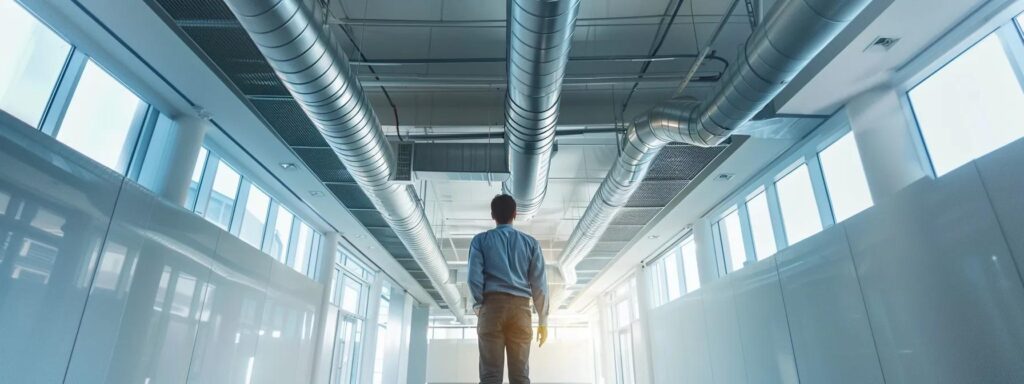
Understanding Your Ductwork‘s Role in Home Air Quality
Air ducts distribute treated air throughout a home while circulating both fresh air and unwanted contaminants. Integrated with furnaces and heat pumps, these systems also benefit from on time air hvac maintenance that ensures even airflow and helps mitigate pollutants such as dust, pollen, and mold spores. Homeowners who invest in proper duct care often enjoy reduced allergy symptoms, improved comfort, and lower energy bills due to increased efficiency.
Contaminants like pet dander, construction dust, and combustion by-products can accumulate in the duct network over time. When the HVAC system operates, these particles may be recirculated into living spaces, affecting indoor air quality. Regular duct servicing reduces airborne particles, ensuring cleaner air, prolonged HVAC lifespan, and consistent performance.
How Air Ducts Circulate Air and Contaminants
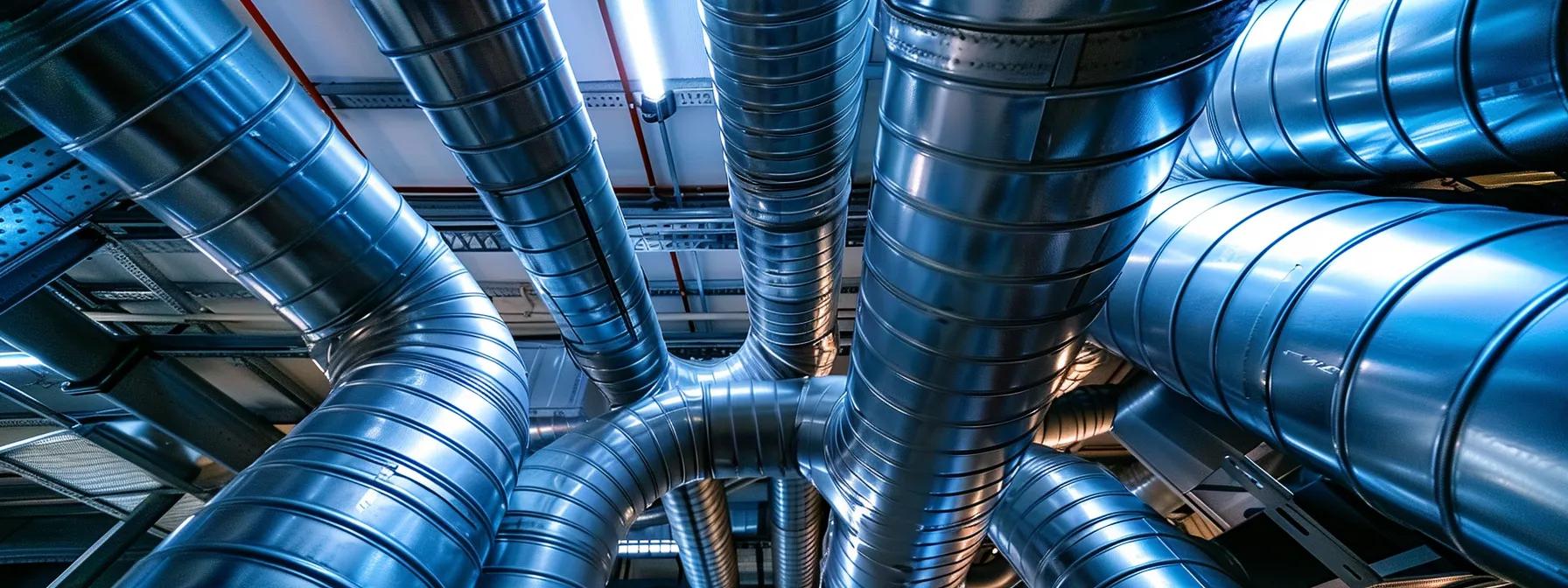
Air ducts channel conditioned air from the HVAC system to all parts of the home. In doing so, they can transport both clean air and pollutants such as dust, debris, and microbial growth. When ducts become clogged, the airflow is compromised, reducing the air conditioner’s efficiency and allowing contaminants to accumulate in localized areas.
The complex design of duct systems—where turbulence and particle settling occur—means that regular inspection and cleaning are essential. Removing obstructions not only improves airflow but also benefits other HVAC components like filters and fans, ensuring that every room receives a balanced supply of conditioned air.
Common Pollutants Found in Residential Duct Systems
Residential ducts often harbor pollutants including particulate matter, mold spores, pet dander, and volatile organic compounds (VOCs). Dust and debris mixed with bio-contaminants such as pollen or bacteria pose health risks, triggering respiratory allergies or asthma, especially among children and sensitive individuals.
Continuous circulation of contaminants can lead to frequent allergic reactions and respiratory discomfort. Regular inspections help reduce symptoms like sneezing and coughing while maintaining HVAC system efficiency by reducing the work needed to achieve desired temperatures.
The Connection Between Clean Ducts and Reduced Allergens

Clean ducts directly correlate with lower indoor allergen levels. When ducts are free of dust, mold, and pollen, the circulated air is less contaminated, benefiting individuals with asthma or allergies by reducing symptoms such as wheezing and sneezing.
Studies show that regular duct cleaning can markedly lower airborne particulates, translating into improved sleep quality, enhanced concentration, and potentially lower health costs. Moreover, clean ducts help safeguard HVAC components from buildup, reducing the likelihood of system breakdowns and inefficiencies.
Impact of Duct Condition on HVAC System Efficiency
Duct condition significantly affects HVAC performance. When ducts are clogged with debris, the system must work harder to achieve desired temperatures, leading to increased energy consumption and faster wear. Poorly maintained ducts can reduce energy efficiency by up to 30% and shorten the lifespan of HVAC components.
Conversely, clean ducts allow the system to operate as designed, reducing energy bills and preventing costly repairs. Consistent airflow improves overall heating and cooling effectiveness, bolstering indoor comfort and ensuring long-term system reliability.
Identifying Signs Your Air Ducts Need Attention for Better Air
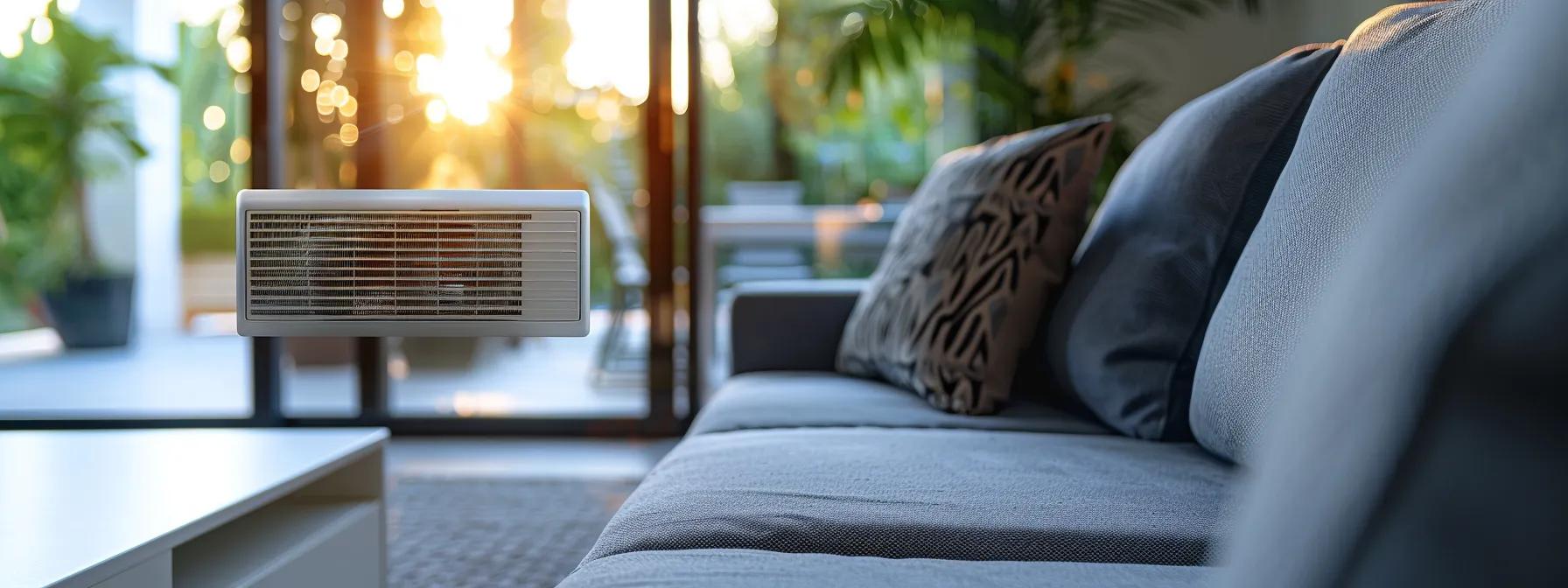
Homeowners can identify duct issues by observing signs such as accumulated dust or debris around air vents and registers. Visible buildup or uneven airflow between rooms indicates that contaminants may be obstructing the ductwork.
Additional clues include declining HVAC performance and persistent musty odors. Regularly inspecting vents for dust accumulation or blockages allows for proactive cleaning before more extensive maintenance becomes necessary, protecting both health and system efficiency.
Visible Dust or Debris Around Vents and Registers
A visible layer of dust on vents and registers suggests that contaminants are present in the duct system. This buildup, common in older homes or high-dust environments, not only diminishes the appearance but also could overload the HVAC system as dust is recirculated.
Regular cleaning of vent covers—by vacuuming and wiping them down—can reduce the dust load. Professional inspection of ducts may be warranted if visible debris persists, as it can impede airflow and lower overall system performance.
Musty Odors Emanating From Your HVAC System

A persistent musty or moldy odor coming from the HVAC system is a strong indicator of microbial growth. This smell suggests that moisture and organic material have provided a breeding ground for mold and bacteria, which can trigger respiratory issues and allergic reactions.
Regular cleaning and prompt inspection are essential to remove these odors. If simple cleaning at home does not eliminate the smell, professional maintenance may be necessary to address deeper contamination and restore a fresher indoor environment.
Uneven Airflow or Reduced HVAC Performance
Noticeable variations in room temperature or uneven airflow indicate possible duct blockages. Such obstructions often result from accumulating dust and debris, forcing the HVAC system to work inefficiently and creating discomfort in different parts of the home.
Improving airflow through proper duct cleaning not only normalizes temperature distribution but also enhances system efficiency. Early detection of uneven performance can prevent long-term damage and unnecessary energy costs.
Increased Allergy Symptoms or Respiratory Issues Among Occupants
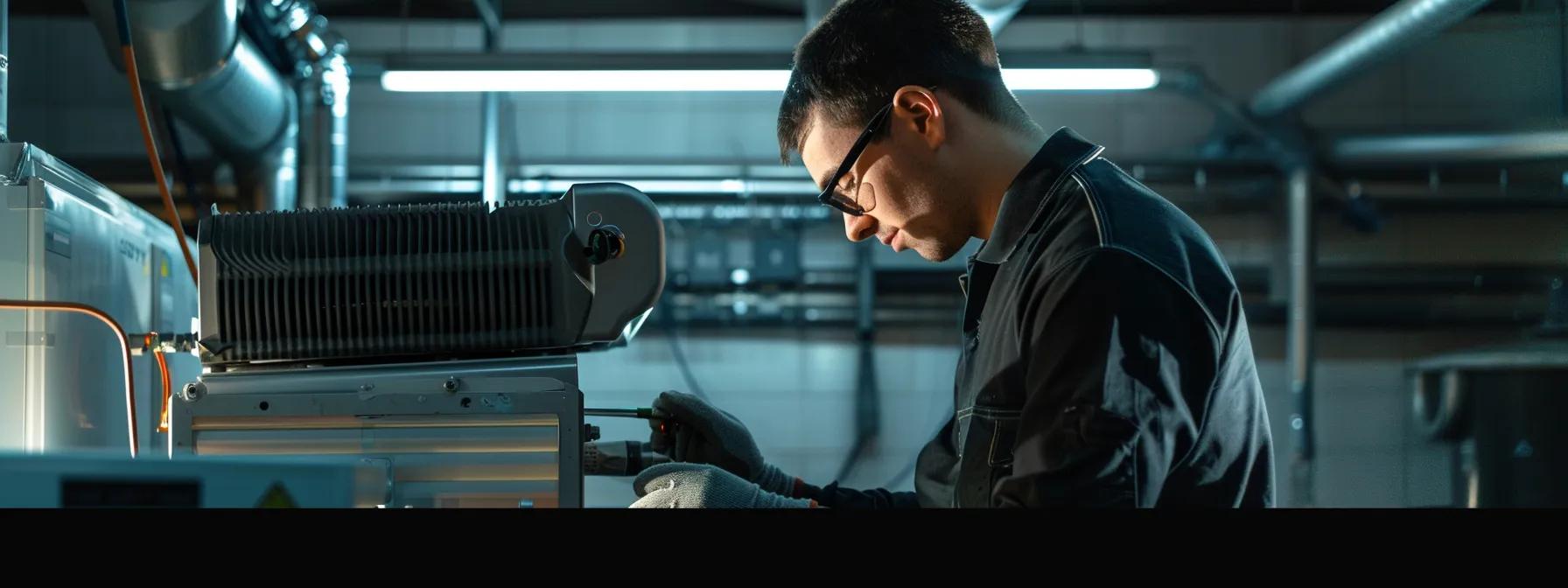
If occupants experience increased allergy symptoms—such as sneezing, coughing, or respiratory distress—it may be linked to dirty ductwork. Recirculated allergens like dust and pollen can aggravate existing conditions and cause discomfort, especially during allergy season.
Regular maintenance and timely cleaning can reduce airborne allergens. In doing so, homeowners may notice fewer allergy-related symptoms, reducing the need for medication and improving overall indoor air quality.
Evidence of Pest Infestations or Mold Growth
Signs such as small droppings, visible mold spots, or persistent musty odors could indicate pest infestations or mold growth within ducts. Pests like rodents can nest in ducts, further contaminating the air and compromising HVAC performance.
Prompt professional intervention is advised when these issues are detected, as thorough cleaning and pest control measures can remove contaminants and preserve both the health of inhabitants and the system components.
Essential Diy Duct Maintenance Techniques for Fresher Air

Several DIY maintenance techniques can help keep ducts clean and improve indoor air quality. Simple steps—such as cleaning vent covers, vacuuming accessible duct openings, and using basic tools to dislodge dust—can make a significant difference.
A systematic, step-by-step approach to cleaning not only reduces the buildup of allergens but also supports HVAC efficiency by ensuring that ducts remain free of debris. Regular DIY cleaning can often result in noticeable improvements in air circulation and overall comfort.
Step-by-Step Guide to Cleaning Vent Covers and Registers
Improving indoor air quality can begin with cleaning vent covers and registers. Start by turning off the HVAC system for safety, then remove the vent covers using a screwdriver. Wash the covers in warm soapy water with a microfiber cloth to effectively trap dust, and allow them to dry completely before reinstalling.
This simple maintenance task removes the first layer of dust and helps prevent contaminants from being blown back into the living space, supporting the overall performance of the HVAC system.
Basic Methods for Vacuuming Accessible Duct Openings

Vacuuming accessible duct openings using a vacuum cleaner fitted with specialized attachments can effectively remove loose dust. Using tools like a crevice tool or brush head, focus on areas around registers and other duct openings to eliminate surface dust that might otherwise be recirculated.
Regular vacuuming not only reduces the pollutant load in the ducts but also supports overall HVAC efficiency by preventing obstructions to airflow.
Techniques for Loosening Surface Dust Within Reach
Using a soft brush or cloth to gently dislodge surface dust from vent surfaces can enhance the cleaning process. This technique, when combined with vacuuming, ensures that dust particles are removed before becoming embedded in the ducts.
Incorporating these simple methods into a regular cleaning routine can effectively lower allergen levels and reduce the need for professional cleaning services.
Regularly Replacing Your HVAC Air Filter for Cleaner Ducts
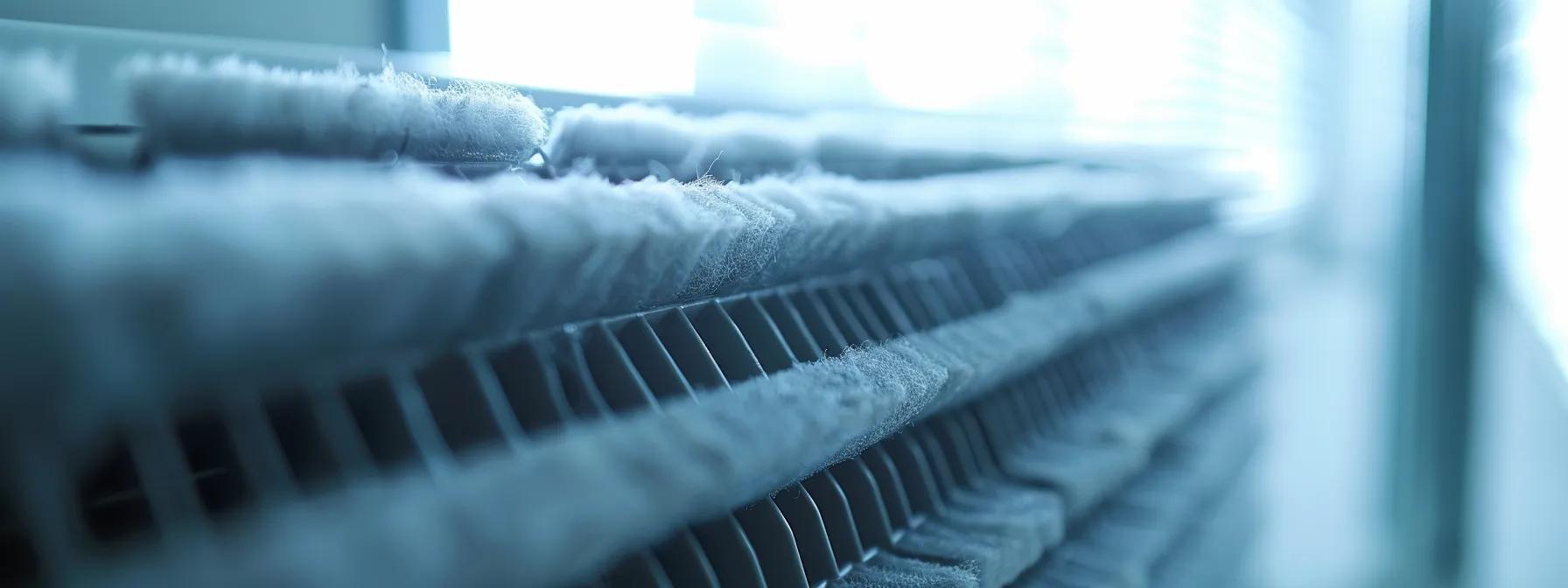
Replacing the HVAC air filter on a regular basis is critical for maintaining clean ducts. A clogged filter forces the system to work harder, reducing airflow and allowing dust and allergens to enter the ducts. Manufacturers recommend changing filters every 90 days, though homes with pets or higher dust levels may require more frequent replacements.
A clean air filter not only improves air quality but also helps lower energy consumption by ensuring optimal airflow through the HVAC system.
Inspecting Ductwork Near the Main HVAC Unit
Regular inspection of the ductwork near the main HVAC unit can reveal early signs of dust accumulation, moisture issues, or debris buildup. These checks, ideally performed at least once a year, can prevent minor issues from evolving into major problems by prompting timely cleaning or repairs.
Careful inspection helps maintain high indoor air quality and optimizes the overall performance of the HVAC system.
Gathering Appropriate Tools for Your Diy Duct Maintenance Techniques
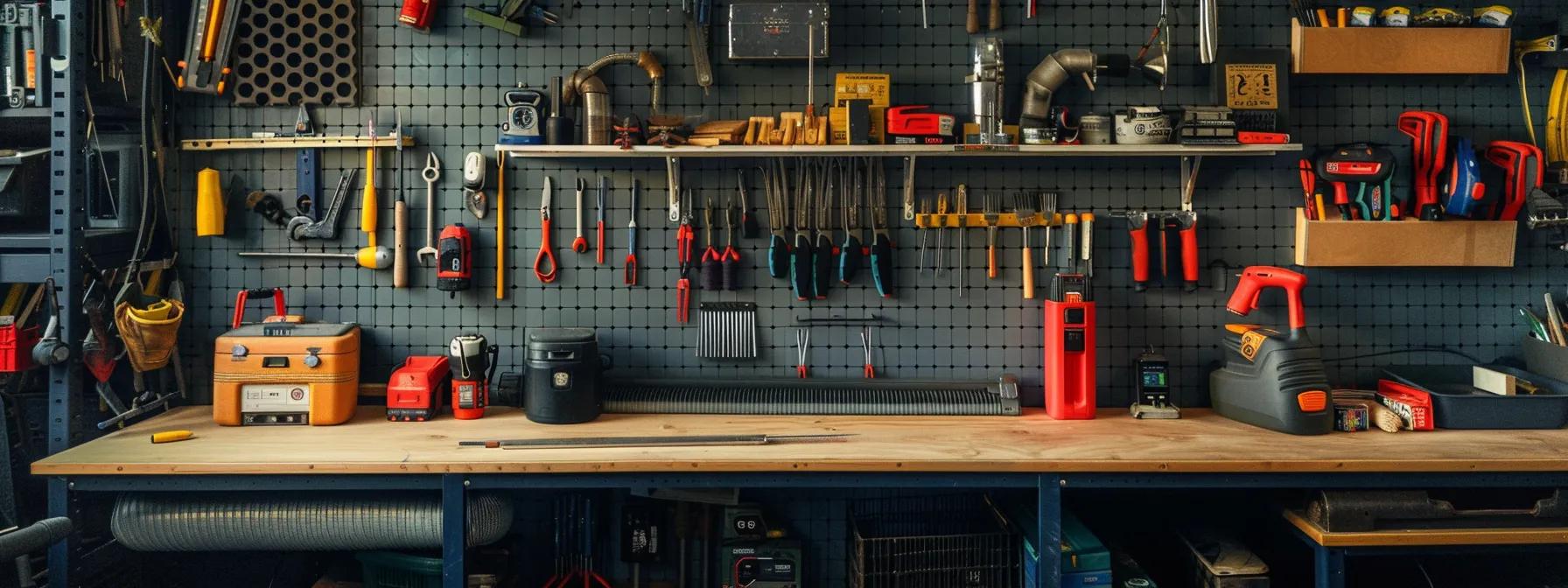
Before beginning any DIY duct cleaning, it is important to gather the proper tools. Essential items include a powerful vacuum cleaner with specialized attachments, brushes to loosen dust, screwdrivers for removing vent covers, microfiber cloths, and personal protective equipment such as dust masks and gloves.
Using the right tools not only makes cleaning more efficient but also helps protect the individual performing the tasks, ensuring a safer and more effective maintenance process.
Selecting a Suitable Vacuum Cleaner and Attachments
An effective vacuum cleaner for duct maintenance should offer high suction and come with specialized attachments like a crevice tool or a brush. Such features are crucial for reaching narrow spaces and dislodging stubborn particles, ensuring that the vent surfaces remain clean and that dust does not simply settle elsewhere in the home.
Periodic review of the equipment’s performance ensures that the tools remain effective over time.
Choosing Brushes for Dislodging Debris
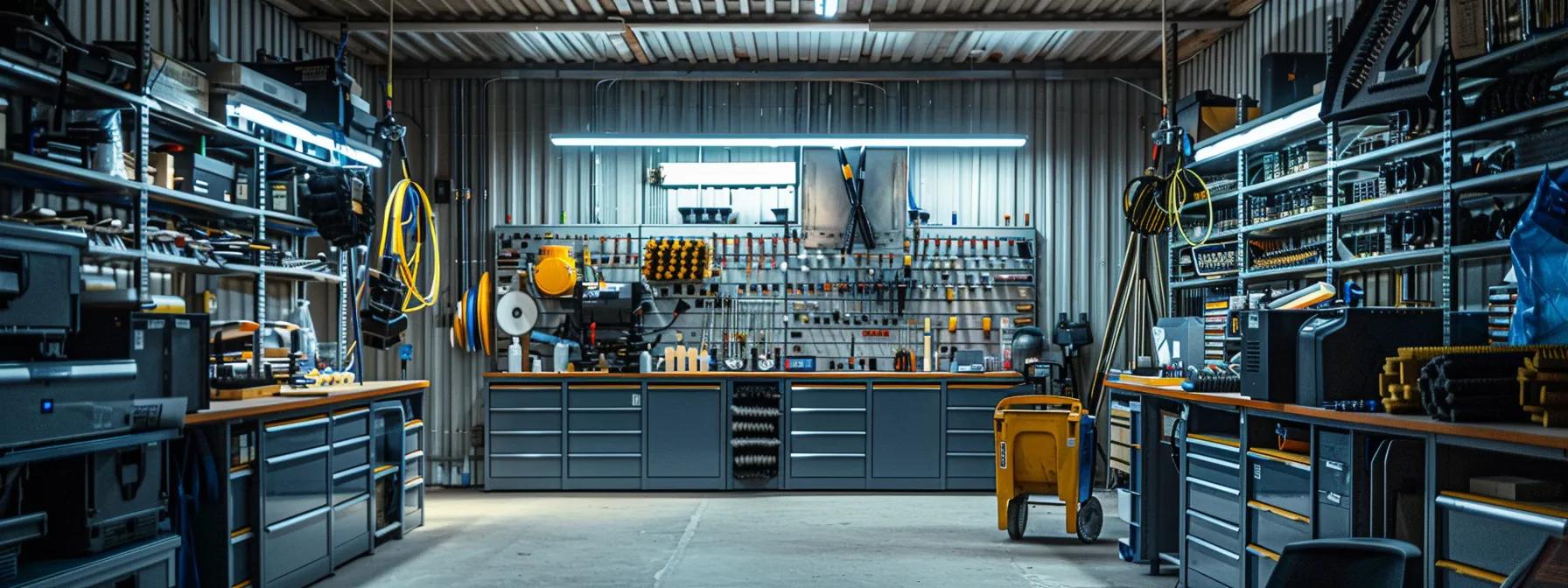
Selecting soft-bristled and specialized cleaning brushes designed for HVAC systems is key to removing accumulated dust. Flexible brushes allow for easy maneuvering in tight spaces to dislodge particles from duct surfaces. Regular use of these brushes, in conjunction with vacuuming, helps maintain the cleanliness and efficiency of the HVAC system.
Utilizing Screwdrivers for Removing Vent Covers
A quality set of screwdrivers is essential for safely removing vent covers. Using the correct size and type minimizes the risk of damaging screws or the covers themselves. Once removed, vent covers can be thoroughly washed and dried before reinstallation, ensuring that they continue to function as an effective barrier against dust ingress.
Employing Microfiber Cloths for Wiping Surfaces
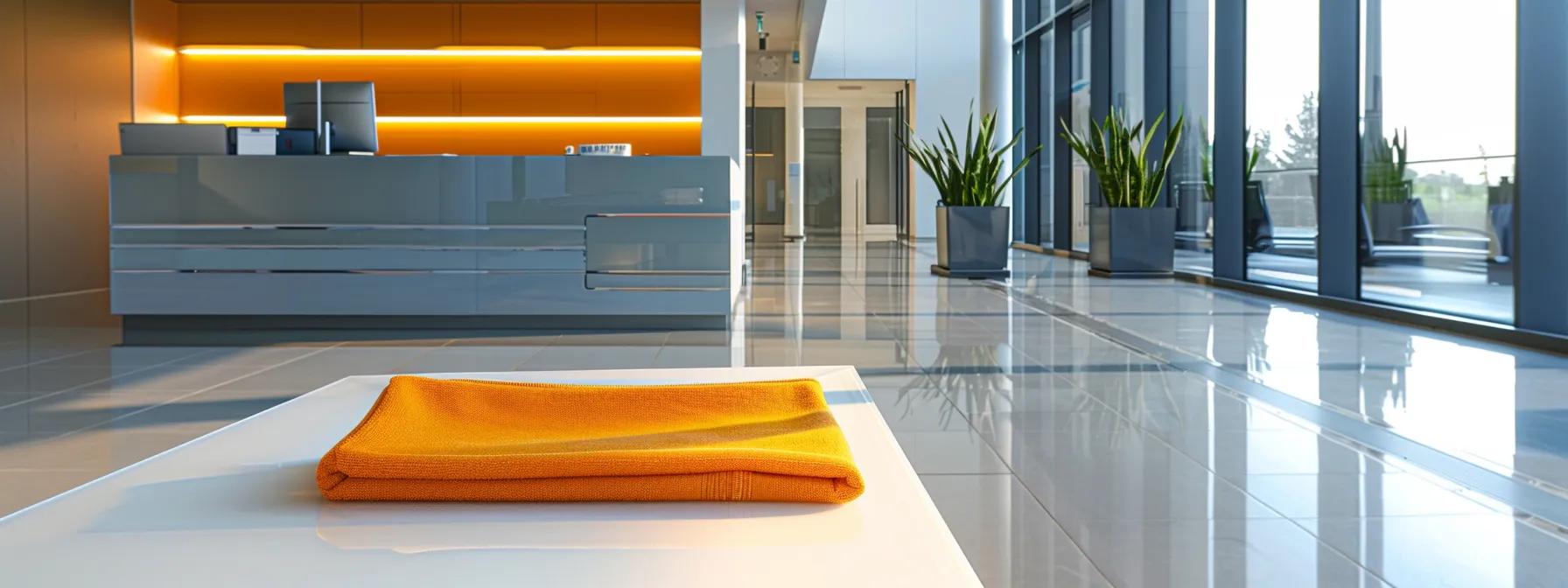
Microfiber cloths are highly efficient at trapping dust and allergens without dispersing them back into the air. They are ideal for wiping both the exterior of ducts and the surfaces of vent covers. Regular use of microfiber cloths can result in a noticeably cleaner appearance and contribute significantly to improved indoor air quality.
The Importance of Protective Gear Like Masks and Gloves
When cleaning ducts, proper personal protective equipment such as dust masks and gloves is critical. These items help prevent inhalation of harmful particles and protect skin from exposure to cleaning agents or dust. Using protective gear is an important safety measure that ensures the health of the person performing the maintenance.
Practicing Safety During at-Home Duct Care Procedures
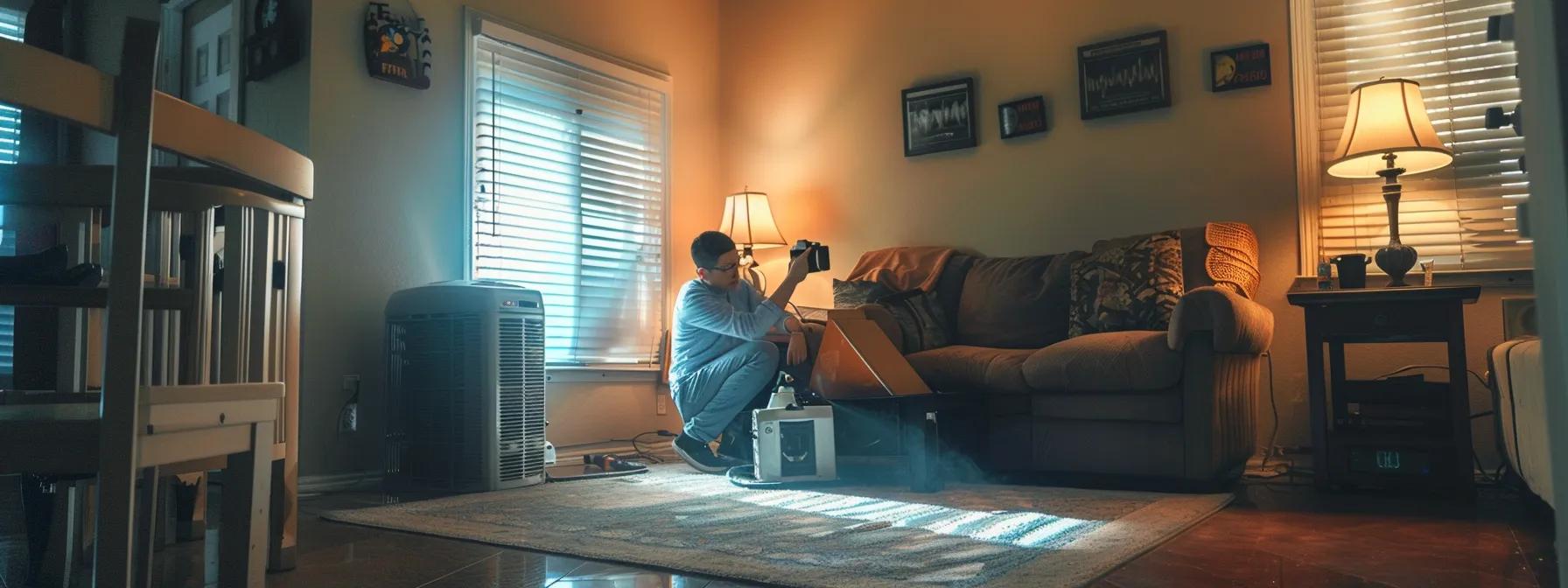
Safety is paramount during any DIY duct cleaning. Always turn off the HVAC system before beginning any work to avoid accidental activation and the potential spread of loose contaminants. Ensure that your work area is well-lit and that you have stable footing to reduce the risk of accidents. Additionally, use cleaning agents sparingly and follow manufacturer instructions to prevent any residue from interfering with the HVAC system’s operation.
Always Turn Off Your HVAC System Power Before Starting
Before starting any maintenance, always turn off the HVAC system’s power. This step minimizes the risk of electrical hazards and prevents the accidental circulation of dust and debris. Double-check that the system is off at the thermostat or circuit breaker to ensure a safe working environment.
Wearing Personal Protective Equipment to Avoid Inhalation of Particles

Always wear a dust mask and gloves when cleaning ducts to protect against the inhalation of fine particles and contact with allergens. This protective gear is essential for minimizing health risks during the cleaning process and ensuring a safer DIY experience.
Ensuring Stable Footing When Accessing Vents
When accessing high or hard-to-reach vents, ensure you use a sturdy ladder or step stool to maintain stable footing. This practice not only prevents accidental falls but also allows you to perform cleaning tasks more safely and effectively.
Using Cleaning Agents Sparingly and Appropriately
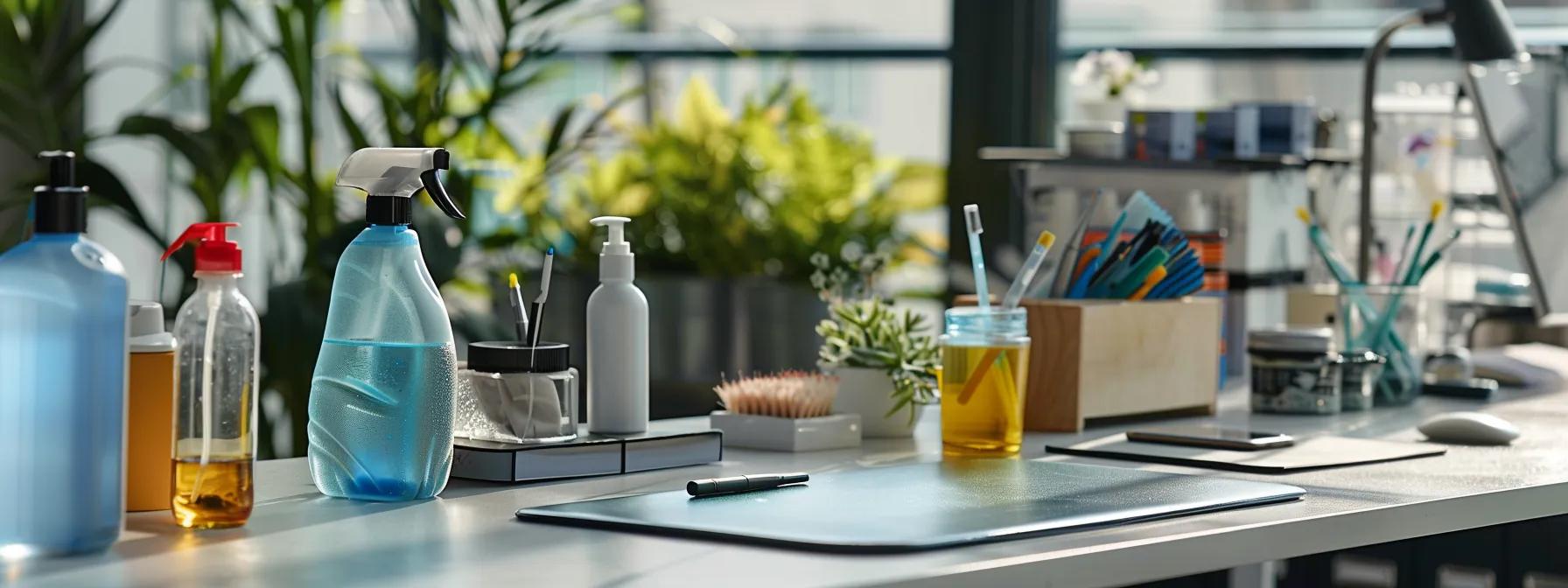
When using cleaning agents, apply only a small amount according to the manufacturer’s instructions. Overuse can leave harmful residues that affect both the HVAC system and indoor air quality. Test any cleaning solution on a small area first to ensure it does not damage duct surfaces.
Preventing Debris From Spreading to Other Living Areas
To avoid spreading dislodged debris throughout your home, use plastic sheeting or drop cloths around the work area during cleaning. Clean in sections and vacuum up loose particles immediately to ensure that dust does not resettle on furniture, carpets, or other surfaces.
Recognizing When Diy Duct Maintenance Techniques Are Insufficient
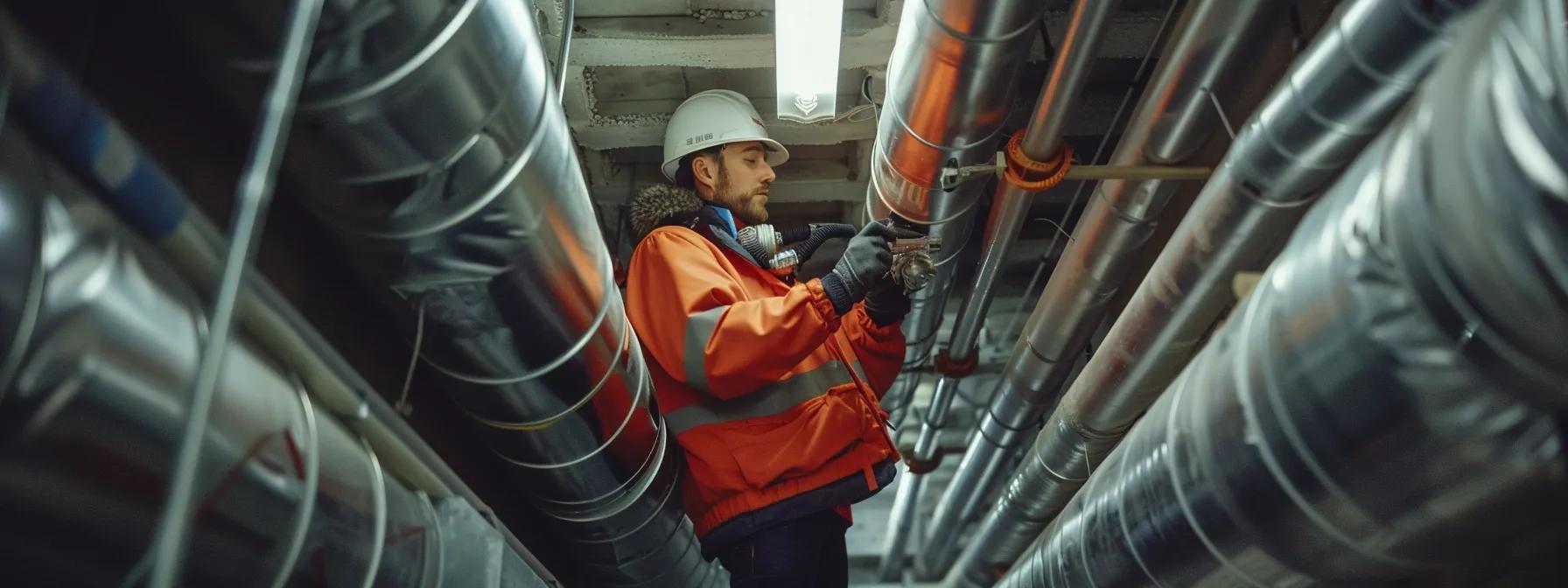
While DIY duct maintenance can improve indoor air quality, some situations require professional intervention. Persistent issues, extensive contamination, or signs such as musty odors, significant mold growth, or recurring pest infestations indicate that deeper cleaning methods are needed. In these cases, professional assessments and cleaning services ensure that all contaminants are properly removed.
Extensive Mold Growth Visible Within the Duct System
If you notice extensive mold growth within your duct system, it is imperative to seek professional help immediately. Severe mold infestations may not be effectively treated with DIY methods and can pose serious health risks. Professionals use specialized cleaning techniques and approved disinfectants to fully eliminate mold and address the underlying issues.
Persistent Pest Infestations Despite Basic Cleaning

If pests such as insects or rodents continue to appear even after regular duct cleaning, professional pest control services may be necessary. Persistent infestations can damage duct integrity and continuously introduce contaminants, undermining indoor air quality and HVAC performance.
Ducts That Are Difficult or Impossible to Access Safely
Some sections of your duct system may be too difficult or unsafe to access without specialized tools or training. In such cases, it is best to contact a professional HVAC technician who has the proper equipment and expertise to clean hard-to-reach areas safely.
Lack of Improvement in Air Quality After DIY Efforts

If you continue to experience poor indoor air quality or heightened allergy symptoms despite regular DIY cleaning, the duct system may be deeply contaminated. Professional duct cleaning services can identify hidden issues and provide a more thorough cleaning to restore optimal airflow and air quality.
If Your Home Recently Underwent Major Renovations
Major renovations often lead to increased dust and construction debris that infiltrate the duct system. In such cases, routine cleaning might not be sufficient to remove all contaminants. Professional duct cleaning after renovations ensures that all residual debris is eliminated, restoring both HVAC efficiency and indoor air quality.
Frequently Asked Questions
Q: How often should homeowners perform DIY duct cleaning? A: Inspect and lightly clean accessible duct surfaces every three to six months. Deep cleaning with a professional may be required every three to five years, depending on pollutant levels and HVAC usage.
Q: Can regular filter changes improve duct cleanliness? A: Yes. Regularly replacing HVAC filters every 90 days, or more frequently in high-dust environments, significantly reduces particulate buildup in ducts and enhances overall system efficiency.
Q: What specific signs indicate that professional cleaning is needed? A: Indicators include persistent musty odors, visible mold growth, recurring pest infestations, and a noticeable decline in HVAC performance.
Q: Does cleaning the ducts really lower energy bills? A: Absolutely. Clean ducts ensure efficient airflow, reduce the workload on your HVAC system, and can lead to lower energy consumption and reduced utility costs.
Q: Are there any risks associated with DIY duct cleaning? A: DIY duct cleaning can lead to incomplete cleaning, accidental damage to the ductwork, and exposure to allergens if proper protective gear isn’t used. For heavy contamination, professional cleaning is recommended for safety and effectiveness.
Final Thoughts
Regular duct maintenance is a vital part of preserving indoor air quality and optimizing HVAC efficiency. By understanding the role of ductwork, identifying signs of contamination, and performing routine cleaning, homeowners can significantly reduce allergens and pollutants. While simple DIY methods—such as cleaning vents, vacuuming duct openings, and replacing filters—are effective, professional intervention may be necessary for persistent issues. Investing in proper duct care not only enhances comfort and health but also ensures that every breath taken indoors is clean and safe.